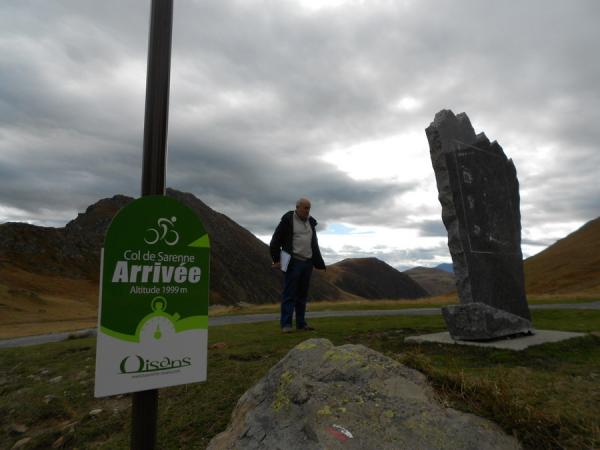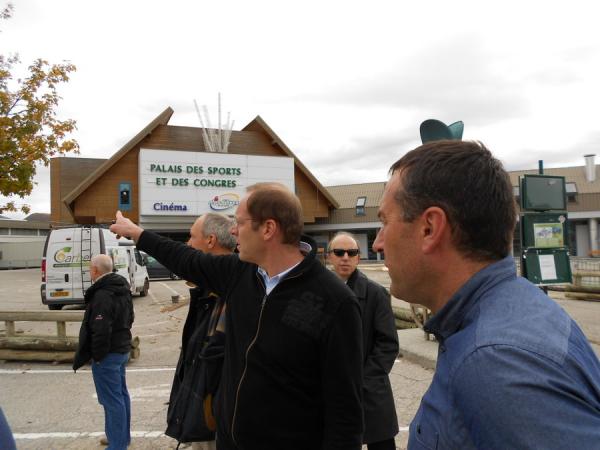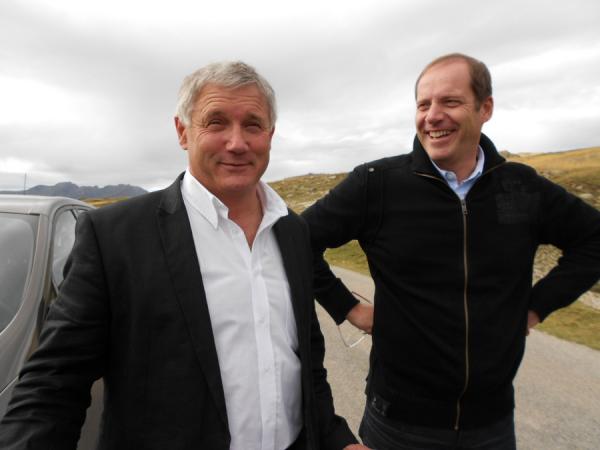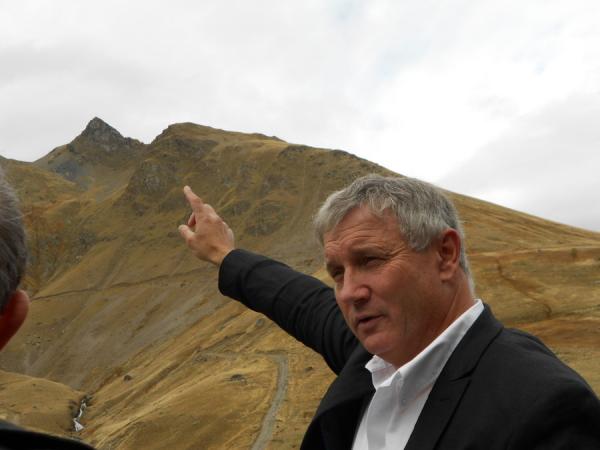Tour 2013: Climbing Alpe d'Huez, twice in a day
Third category Col de Sarenne to allow double up




L'Alpe d'Huez has been climbed twice in the same Tour de France previously but that was on two consecutive days in 1979 with Joaquim Agostinho winning the 17th stage followed the next day by Joop Zoetemelk. In 2010 for the centennial of the Pyrénées's inclusion in the Tour, the Tourmalet was also on the menu two days in a row. But for the first time in the history of the world's biggest race, spectators will be able to enjoy watching the show on a gruelling climb twice on the same day, July 18, next year.
Stage 18 will present a 168 kilometre route from Gap to L'Alpe d'Huez, starting from the gun with the Col de Manse (6.6km at 6.2%) where Alberto Contador attacked and dropped Andy Schleck in 2011 (on the opposing side), the Col d'Ornon (5.1km at 6.7%), L'Alpe d'Huez (12.3km at 8.4%), including a very steep section in the village - rather than the usual curve to the left under a bridge to reach the finishing line - to go in direction to the Col de Sarenne (3km at 7.8%) and the final ascent to L'Alpe d'Huez.
"This place is perfect for the Tour de France to make history," director Christian Prudhomme told Cyclingnews during a visit in the ski resort of the Isère province. "It's been the first mountain top finish and the first place where a TV camera was onboard a motorbike to film the race."
All that happened in 1952. Fausto Coppi was the first ever winner at L'Alpe d'Huez when the Tour de France was not yet used to organising stage finishes in a cul-de-sac. It took a long time (24 years) until the race went back up but since 1976, the 21 hairpin bends have marked the history of the race on a regular basis. It'll be the 28th stage finish at L'Alpe d'Huez - only two years after Pierre Rolland came of age. Prudhomme, who was a TV commentator before, described the venue as "the most telegenic climb in France".
"The idea of doing it twice came from the drawing of the 2011 Tour de France," he revealed. "It came from [technical director] Thierry Gouvenou who believed the 109.5km stage from Modane to L'Alpe d'Huez was too short. Now we've fully embraced the concept of having a very short mountain stage in the middle of longer ones."
It became a possibility when a road leading to the Col de Sarenne was asphalted near the archaeological digs. "Here were Europe's highest mines," the mayor of Huez-en-Oisans Jean-Yves Noyrey told Cyclingnews.
"Carbon was extracted until 1950. The new road has been financed by the community of neighbouring municipalities. We're getting closer and closer to our long term project of linking the ski resorts of Les Deux Alpes and L'Alpe d'Huez."
The latest race content, interviews, features, reviews and expert buying guides, direct to your inbox!
"Our resort is so famous because of cycling that we have to remind people that we also have great ski slopes at L'Alpe d'Huez," Noyrey continued. "But of course, the reputation of L'Alpe d'Huez comes from the Tour de France. From May to September, 500 to 800 cyclists climb up here every day. The years that we host the Tour de France, it's between 800 to 1,000 cyclists."
